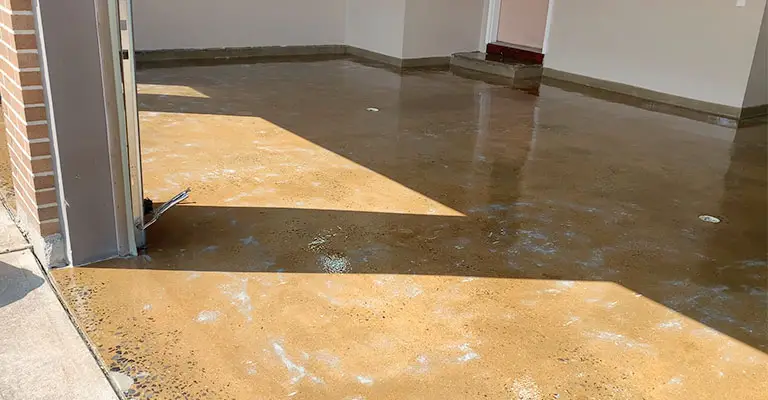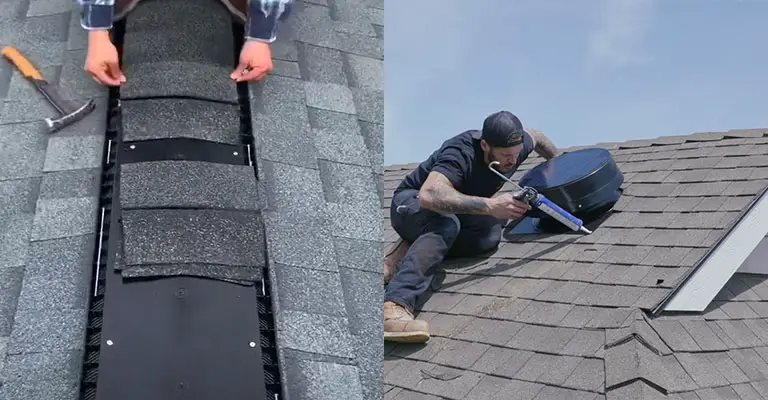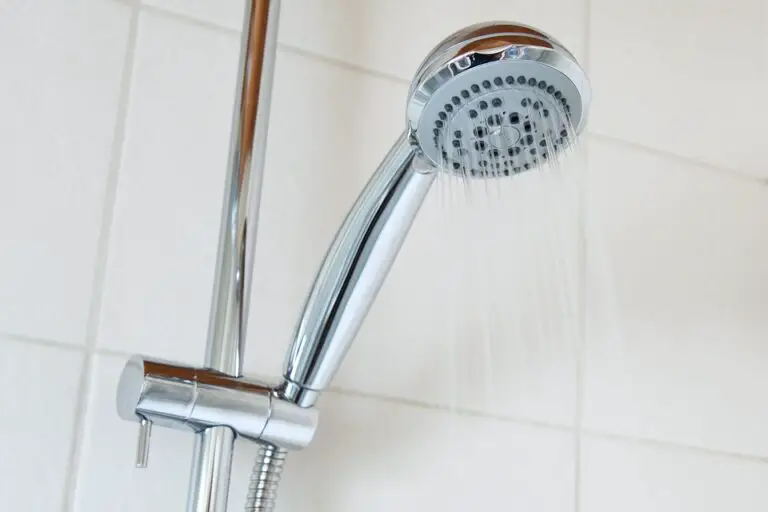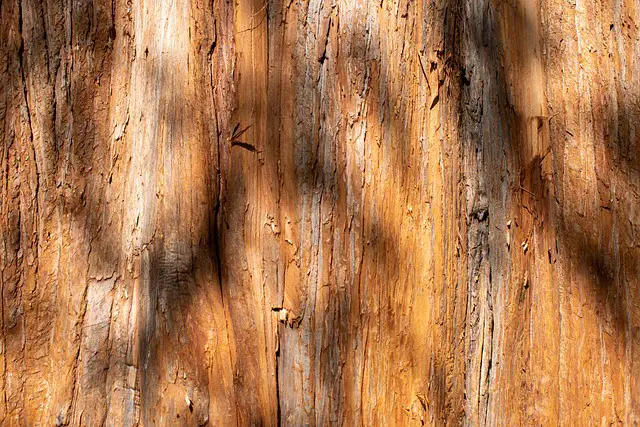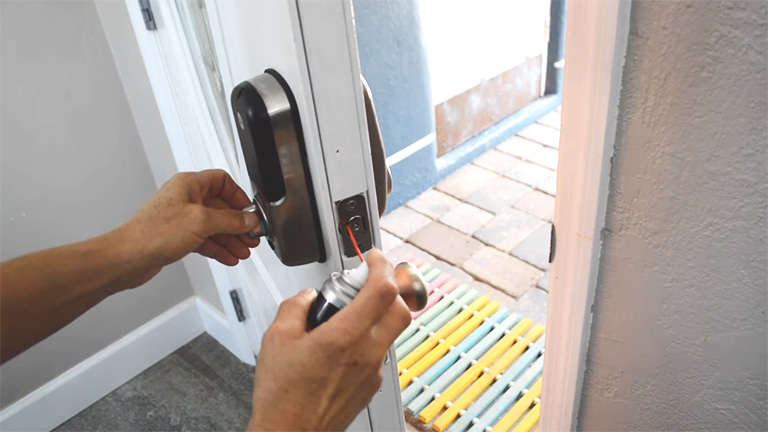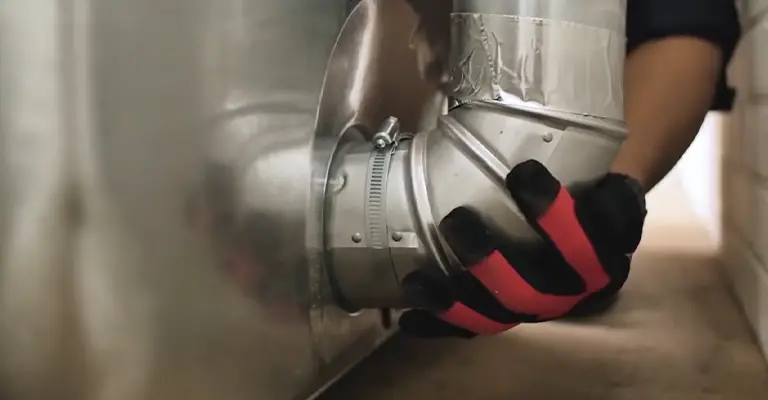Should You Caulk Trim Before Or After Painting
The answer depends on the goal and preference of the person who wants to caulk. If you prioritize the beautification of your home, you must go for caulking before painting. On the other hand, if you believe in the cost efficiency and resilience of the infrastructure or the surface, you should choose caulking after painting.
Pros and Cons of Caulk Trimming | Before vs. After Painting
Before jumping to the discussion of what procedure is better than others, let’s consider a few points.

Pros of caulking before painting
- Painting hides the caulk, which garnishes the surface nicely.
- Hides the caulk cracks
- It doesn’t need that much expertise. Anyone can caulk before painting.
Cons of caulking before painting
- It may be heavy on your budget if you want to renovate your home.
- If the plane on which you want to caulk is exposed to dirt, pollution, extremely dusty weather, you may see the dirt sticking to the surface area.
- Removing dirt from the surface will be difficult because you have to dispel the paint before removing the dirt.
Pros of caulking after painting
- It is quite resilient when it comes to dirt and dusty weather.
- It is effective for future maintenance work.
- You can get the perfect caulking line easily.
Cons of caulking after painting
- It requires expertise.
- It may ruin the beauty of your home as the caulks are very sight after painting.
Should You Caulk Trim Before Or After Painting
So, it is your decision whether you want to make your surface extremely beautiful without considering the budget. You’ll also have the option to make the most out of it at an optimum cost.
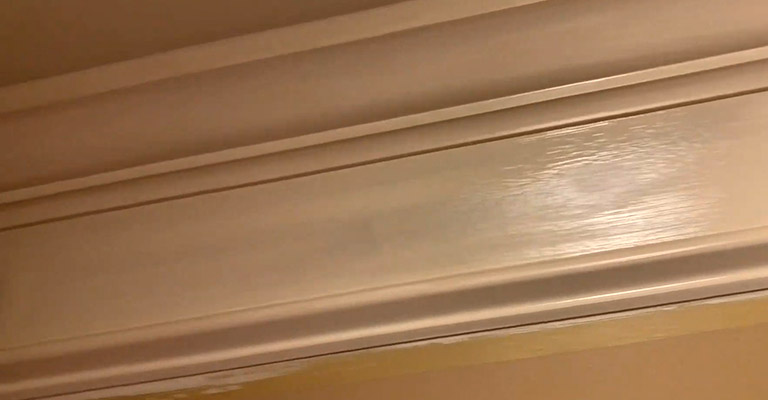
Caulking the bathroom before or after painting
The caulking in the bathroom is very prone to cracking. Besides, sometimes it needs to re-caulk the bathroom surface. In that case, you have to remove all the caulk from the bathroom.
So, it is convenient to caulk after painting. Furthermore, it reduces the cost of overall caulking, and it is budget-friendly. But if you want to make your bathroom eye-catching and beautiful, regardless of what cost it may take, you must go for a caulking bathroom before painting.
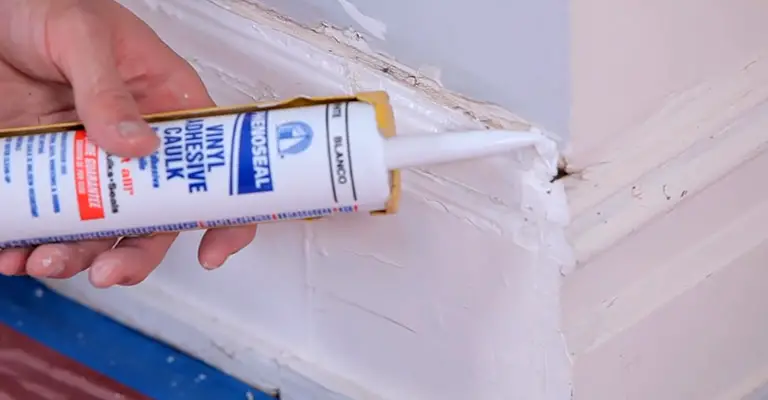
Caulking walls before painting or after painting
If you are planning to caulk on the exterior wall, you should choose caulking after painting. Because the exterior wall is vulnerable to dust or dirt, If you caulk your exterior wall before painting, the dirt will get trapped into the painting, and the wall will look filthy. It is also useful for reducing energy waste and a clean interior.
On the contrary, if you are looking forward to caulking on the interior walls, which are necessary to look beautiful and aren’t vulnerable to dust, you should go for caulking before painting.
But if your wall is wooden, then caulk them after painting. The reason is that caulk adheres better to the painted wood.

Caulk Crown Molding Before Or After Painting
In this case, caulk crown molding after the painting is more convenient. Because if you want to take a crown molding style, you should smooth the caulk so that the bottom edge can be very slender on the tape. And then peel the tape off when the caulk is wet. You will get a perfectly straight edge every time.
You can perform the procedure easily before painting. Otherwise, you have to wait until the paint dries out. That is time-consuming (about 24 hours)
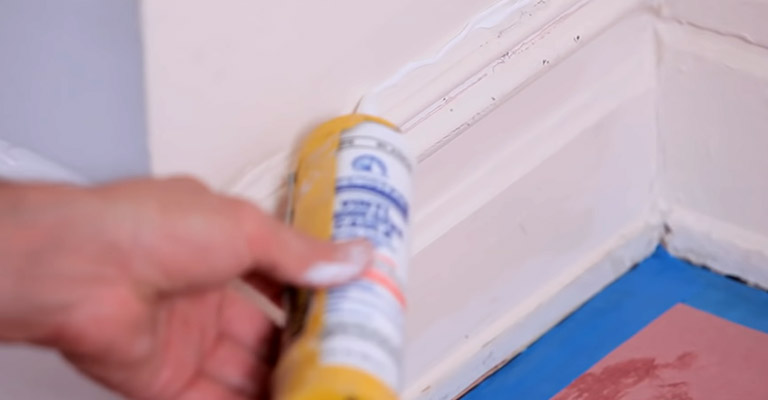
Caulk Before Or After Primer
In this case, priming before caulking will bring better results. If you, somehow, caulk before priming, you may omit the small pits, cracks, and fissures. But if you apply primer first, the flaws on the surface will be visible. And you can identify them, fill the gaps with caulk easily.
On the other hand, if you apply caulk on the wooden surface, the surface will absorb the moisture from the caulk. It will make the caulk drying out so fast and make it very fragile and brittle eventually.
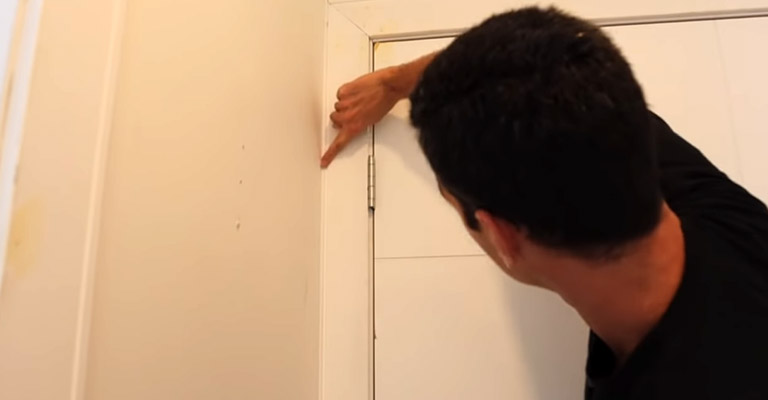
Which One Is Better for the Baseboard? Caulking Before the Paint or Caulking After the Paint?
You should fill-up the gaps of baseboards by caulking them before painting the baseboard.
Use the DAP painter’s acrylic latex caulk. Wait for the caulks to dry out, and then paint over them.
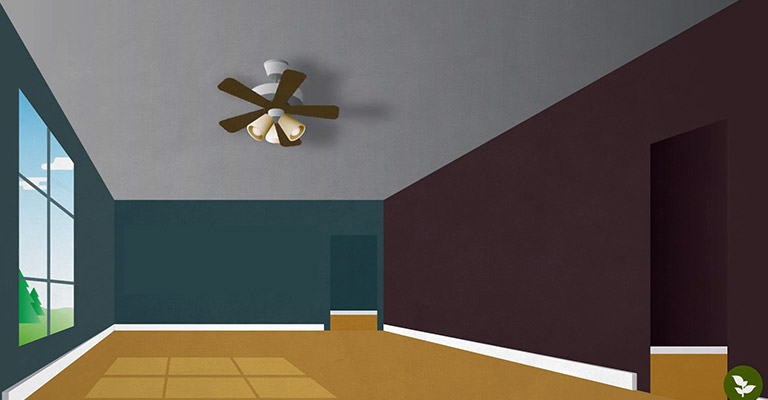
What Is the Sequence of Painting for a Neat Job?
To get a perfect painting on your surface, you must prime it first, then put caulk on the surface, and then paint over them.
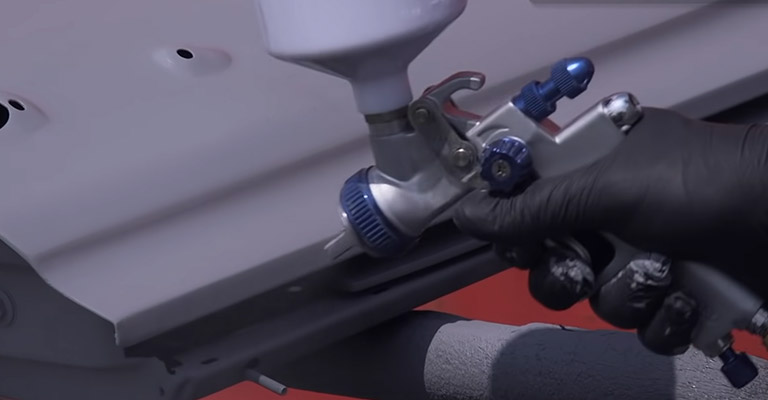
What Are the Benefits of Caulking Before Painting?
- It interrupts the flow of air within the gaps of your wall by filling them up.
- It makes your home intact.
- It makes a barrier for pests.
- It preps the wall for better paint.

How can you make the surface beautiful when you caulk after painting?
Generally, caulking after painting may not beautify your surface. So you can use transparent caulk or the same colored caulk.
Is It Necessary to Primer the Caulk Before Painting?
It is not a must to use a primer before painting. But if you don’t know what type of caulk you are using, you should use primer for safe use. Primer makes the caulk paintable and sticks the paint on the surface. It also helps to remove roughness, small holes, minor defects.
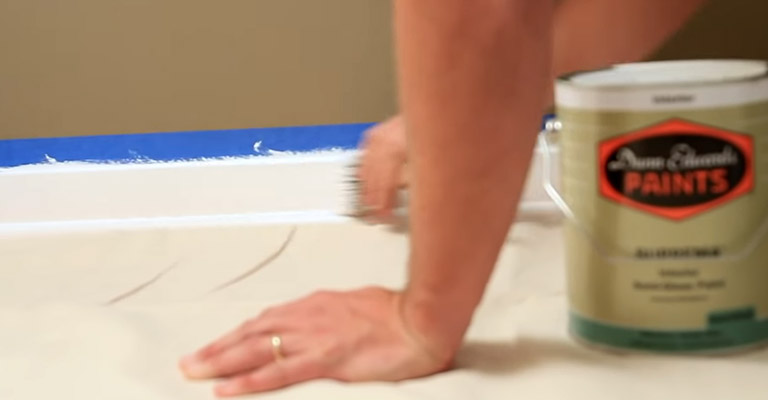
To Conclude
The process of caulking trim can significantly improve the aesthetic of a paint job if done correctly. Be it silicone caulk or any other type, the key to a clean finish is knowing how to effectively remove old caulk, apply fresh caulk, and then make your paint job shine. By using a putty knife to scrape off loose caulk, you can ensure a clean surface for the new caulk to adhere properly.
A caulk gun is essential for this process, allowing you to dispense the caulk tube in a controlled, smooth caulk bead along your trim or baseboards. It’s recommended to caulk baseboards and other trims before painting, as it offers a smooth and finished look, blending seamlessly with the paint. But remember, applying excess caulk can mar the overall look; hence precision is key when handling a caulk gun.
Whether it’s caulking baseboards, trims, or undertaking exterior caulking, the rule of thumb is to always maintain a clean surface for the best outcome. Removing the old caulk carefully will prevent any bumps or irregularities in your final paint job. With these considerations in mind, you can confidently enhance the look and longevity of your paint job by expertly handling your caulk baseboards and trim.
Also Read-

